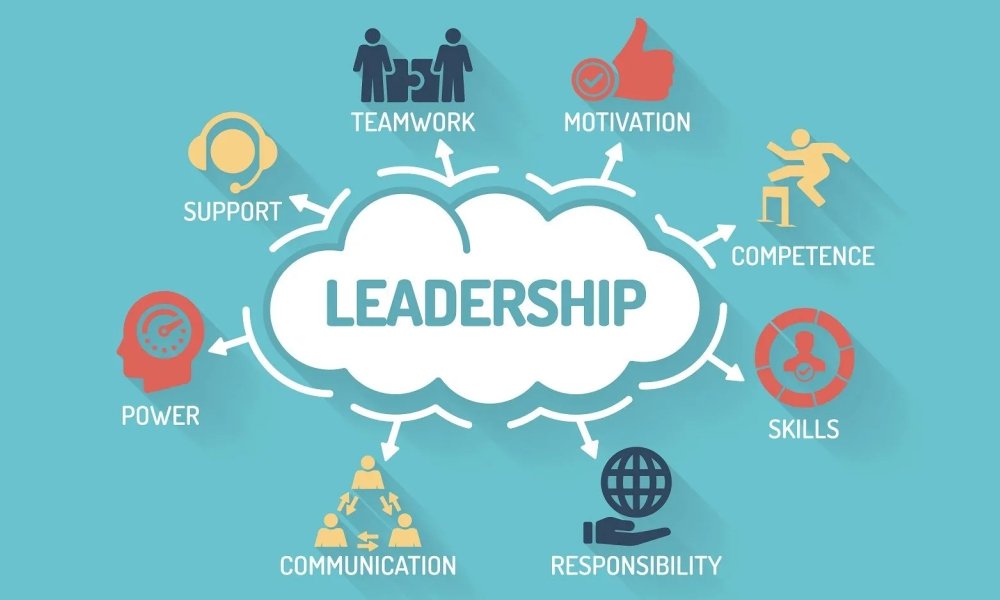Technology is essential in increasing efficiency, productivity, and overall development in today’s corporate world, characterized by a rapid pace and intense levels of competition. Businesses of all kinds use a wide variety of technology tools and solutions to simplify operations, improve customer experiences, and remain competitive in their respective industries. This includes both tiny startups and large multinational organizations. In this blog, we will discuss the crucial role that technology plays in the business world, as well as how companies may harness its power to reach higher levels of efficiency and more sustainable development.
1. Streamlining Operations: Today’s technology provides various tools and software programs to automate and improve business operations. Whether it’s project management, inventory monitoring, or supply chain management, technology allows organizations to increase their overall efficiency, simplify their processes, and significantly minimize human error. For example, enterprise resource planning (ERP) systems connect several parts of a company, such as financial management, human resources management, and inventory management, into a single unified platform. This enables the exchange of data in a smooth manner and the making of decisions in real-time.
2. Improving Communication and Collaborative Efforts: The use of technology has completely transformed how organizations communicate with one another. Email, instant messaging, video conferencing, and other collaboration technologies have made it far simpler than ever for teams to connect and cooperate efficiently, even though they may be located in different locations. Employees can exchange files, work on projects in real-time, and remain connected with the help of cloud-based platforms like Slack, Microsoft Teams, or Google Workspace. This leads to an increase in productivity and a reduction in the time needed to make decisions.
3. Enhanced Experiences for Customers: The use of new technologies has fundamentally altered the method in which companies engage with their clientele. Organizations use technology to provide superior customer experiences in various contexts, including online shopping platforms and personalized marketing efforts. For instance, customer relationship management (CRM) software helps organizations monitor and manage customers’ interactions, preferences, and purchase histories. This paves the way for more focused marketing efforts and personalized customer support.
4. Making Decisions Based on the Data: With the introduction of big data analytics, organizations now have access to massive volumes of data, which may give significant insights that can be used for decision-making. Tools for advanced analytics can process and analyze enormous datasets, revealing patterns, trends, and correlations that may help businesses make strategic choices. Decision-making that is informed by data and supported by technology enables firms to achieve a competitive advantage in the market by doing things such as predicting sales trends and optimizing marketing efforts.
5. Robotic Process Automation (RPA) and Artificial Intelligence (AI): Robotic Process Automation (RPA) and AI-driven solutions are radically altering how businesses connect with their customers. Robotic process automation (RPA) enables workers to devote their attention to higher-value activities by automating low-value but repetitive, time-consuming operations. Chatbots and other virtual assistants that AI drives are helping to improve customer service by delivering quick assistance and answering questions around the clock. In addition, AI systems may do data analysis on customers, which enables companies to provide personalized product suggestions and targeted marketing messaging.
6. Scalability and Flexibility: Technology gives organizations the scalability and flexibility they need to respond to the constantly shifting market conditions. Computing in the cloud enables businesses to adjust the size of their information technology infrastructure in response to fluctuating demands. This helps businesses save the expenses of purchasing physical hardware while facilitating remote access to data and applications. Software-as-a-Service (SaaS) models allow organizations to use and pay for software on a subscription basis. This removes the need for initial expenditures and makes it possible to update and customize applications easily.
Conclusion
Technology is essential to today’s organizations since it provides many tools and solutions that boost efficiency, productivity, and growth. Businesses can improve customer experiences, simplify operations, boost communication and collaboration, make choices based on data, automate processes, and expand their operations when they embrace technology and use its potential. However, for businesses to effectively capitalize on the advantages that technology offers, it is essential for them to invest in the appropriate technology that is in line with their company goals and to ensure that proper training and integration are carried out. When firms take these steps, they put themselves in a better position for success in the digital age and obtain a competitive edge in their particular fields of operation.







